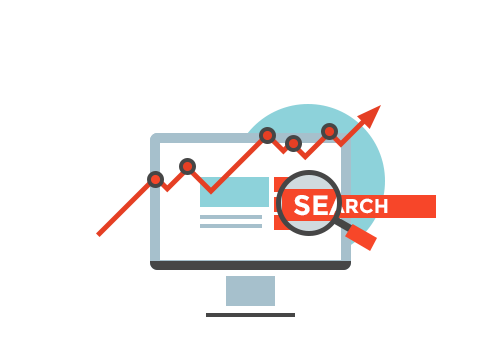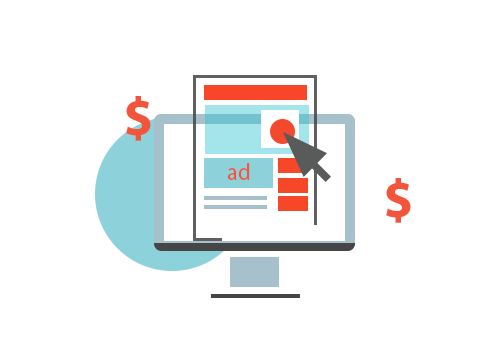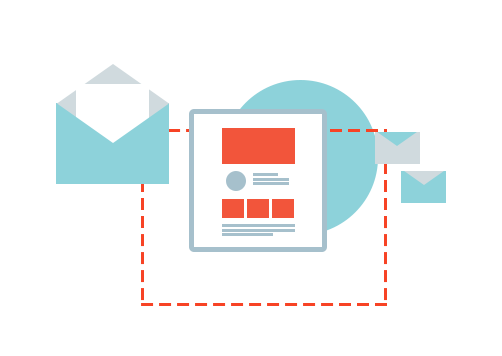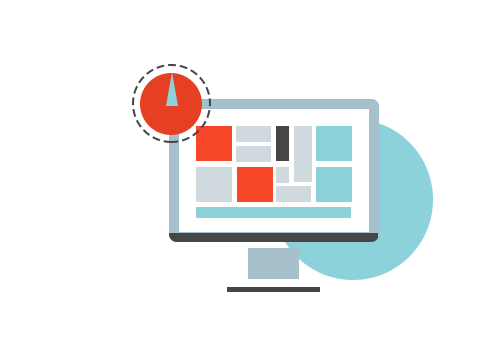Customer acquisition helps businesses:
- Get new customers for existing products and customers.
- Get customers for new products.
- Increase sales.
- Maintain a healthy sales pipeline.
- Expand and grow themselves.
- Enhance their valuations in the eyes of investors, venture capitalists, and partners.
- Improve their overall marketing ROI.
All in all, a well-designed customer acquisition funnel is aimed at converting casual visitors into loyal and delighted customers.
The Best Customer Acquisition Strategy
A definitive customer acquisition strategy ensures that you can acquire new customers in a predictable and repeatable way.
Both fundamental and advanced digital marketing strategies have made it easier to track how customers are acquired, discover and test new marketing tactics, and scale those that work.
1. Define your Business goals – Where do you want to go?
- What is your business revenue target for the next quarter/ year?
- How many customers will you need this year to meet the above goal? How about this month?
- How much are you willing to spend on marketing overall every quarter?
- How much can you afford to spend on acquiring each customer (also called the Customer Acquisition Cost or CAC)?
Unless you are clear about where you want to go, you will not figure out a way to get there.
2. Identify your Target Audience: Whom are you selling to?
It all starts with knowing your ideal customers and defining everything you know about them in a Buyer Persona document.
Not just their demographics but also their likes and dislikes, aspirations and frustrations, their favorite online hangout places (including social media), everything!
A great example of a Buyer persona template.
Source: https://blog.lemlist.com/buyer-persona/
A quick way to figure out who your ideal customer is would be to break down the top problems your product or service solves and then list down who all are likely having this problem right now and don’t mind paying for it!
3. Choose your poison (aka your customer acquisition channels).
Based on your understanding of your target market, list down the top 2-3 channels they most frequently use. If you have done your Buyer Persona research well, you already know your Customer avatar and what they use.
For instance, you just found out that your ideal customer reads a lot. Maybe then it’s a good idea to build up an informative blog over time and optimize it for the right keywords over search engines such as Google and Bing so that users can find you easily.
4. Strategize your approach for the chosen channels
A strategy is a comprehensive collection of ideas, mindsets, approaches, tools, and tactics that help you solve a particular problem.
For example, a bang-bang approach where you post organically on Facebook for a week and then give up because you are not seeing enough engagement and traction is NOT a strategy.
If it’s about social media posts, you will make a social media calendar for the next 30 days and work on the content to be posted.
If you are looking to rank your website on Google, a mid to long term approach would be taken when you research and analyze competitor keywords, your audience interests in general and end up making a blog content calendar with a list of topics that you feel your audience would be most interested in reading about.
Maybe you want to set up a solid email marketing funnel for a business, in which case you would design and execute automated welcome sequences, triggered emails, regular newsletters, and more! You will then research the correct times to send out the email, the frequency of sending emails, etc., and more.
Basically, each channel will have a unique and pre-decided strategy based on solid research and analytics.
5. Execute, Measure, and Improve your strategies and tactics.
Executing your strategy or even getting great results with it’s not enough. You are only just getting started with this.
Over a while, you will identify which channels and strategies are working best given your target audience, price, and product mix. This will help you optimize marketing costs and help you scale efficiently and effectively.
Customer Acquisition Metrics
Some of the top customer acquisition metrics you are likely to monitor are as follows:
Customer Acquisition Cost (CAC) – Nothing but the net cost of getting a customer for your business.
CAC = (Marketing costs) + (Sales costs) / Number of customers acquired.
Customer Lifetime Value (LTV) – how much recurring revenue you expect from a new customer on average throughout their association with your business.
LTV = (Avg order value) x (Number of repeat sales) x (Avg lifespan of a client relationship for your business)
Churn rate – this is a measure of how poorly your business is retaining its clients and customers.
CR = (No of customers lost in a month)/ (Total Number of customers at the start of the month)
By all means, there are other metrics too, but by and far, these are the most popular ones across industries and niches.
Average CAC by Industry
The table below that shows you the average cost to acquire a customer is only meant for reference and is not indicative. Your results may be better or worse than these.
Source: https://razorpay.com/learn/customer-acquisition-cost-how-to-measure/
Ready to work with us?
Hire a professional team and get your project done efficiently.
or call us on +95 9 8989 460 15
Recent Posts
- TikTok Introduces Search Ads with Keyword Targeting: What You Need to Know
- YouTube Takes on AI Deepfakes with New Detection Processes
- Boost Your Website Traffic with These Content Ideas
- Top 5 Useful AI Tools
- How to Gain Followers on TikTok
- The Advantages and Disadvantages of Using a VPN
- 5 Social Media Marketing KPIs to Track for Success










Social Media Management
Social media marketing or management refers to the process of gaining traffic or attention through social media sites. We help brands use it to connect in meaningful ways.